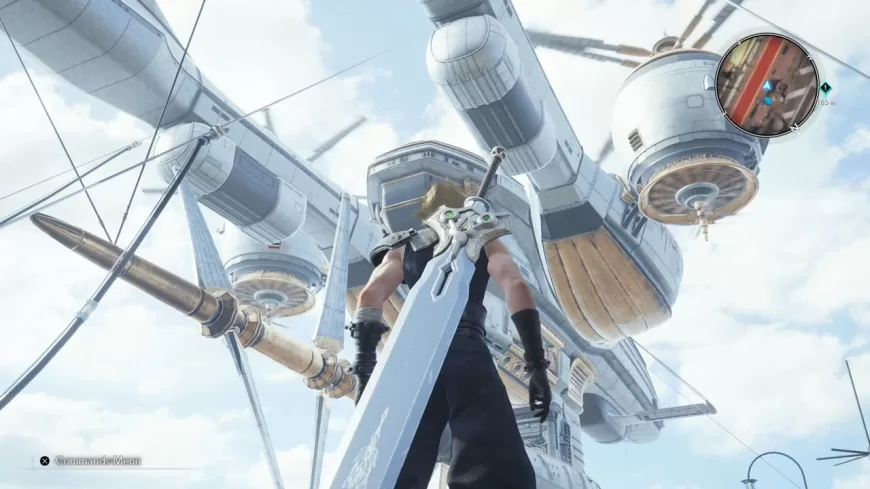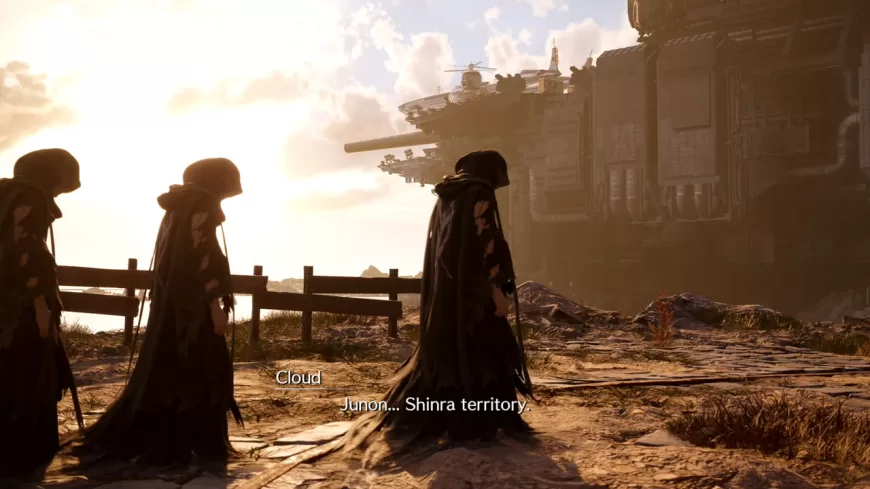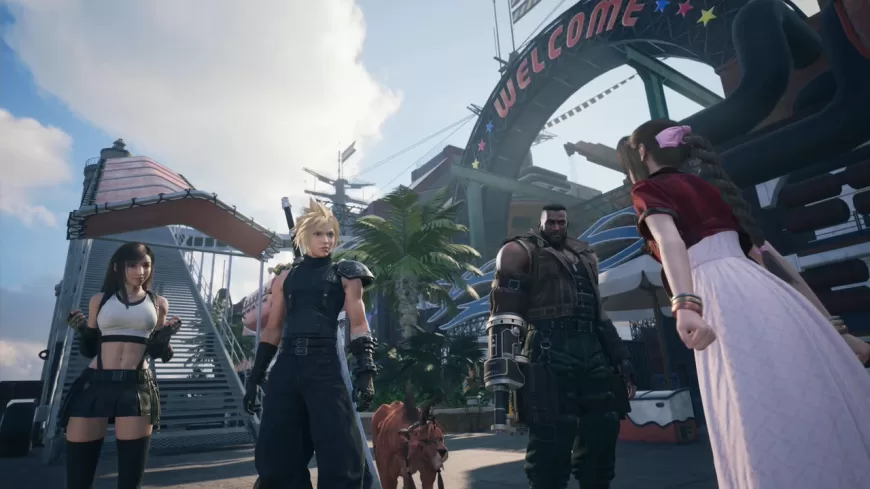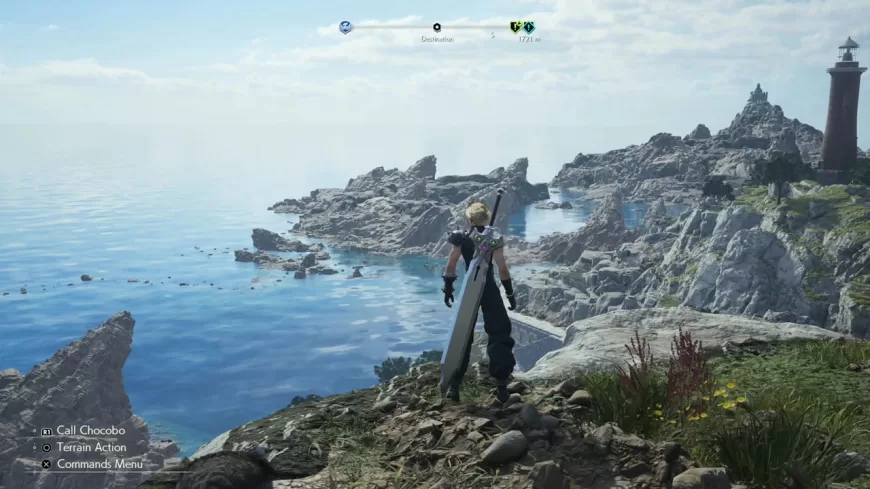Final Fantasy VII Rebirth Review | The Gold Standard of Remakes
FF7 Rebirth is the best reward for being a Final Fantasy VII fan.
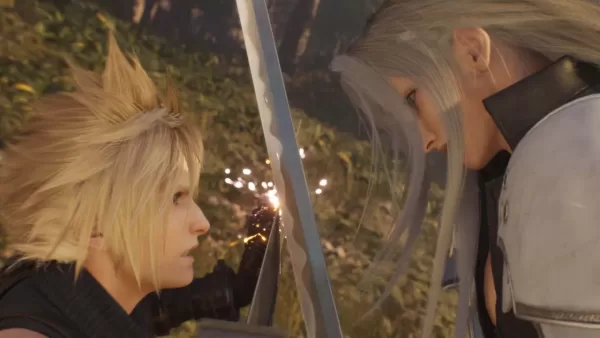
After over 100 hours of play as I explored and experienced what the game has to offer, I can definitively say that Final Fantasy VII Rebirth is truly an exceptional game and, dare I say as early as now, is probably a solid contender for Game of the Year. While I will admit that I may have a bit of a bias with this as FF7 has always been my favorite game of all time, I will explain as best as I can in this Final Fantasy VII Rebirth review why this game is certifiably a masterpiece. Rest assured, I will also keep this as spoiler free as possible.
The Story So Far
Final Fantasy VII Rebirth picks up from where Final Fantasy VII Remake left off. Cloud and his party have just left Midgar to chase after Sephiroth in a story that closely resembles that of the original FF7. There are a few significant differences this time around though. Both Aerith and Sephiroth seemingly have retained the memories of what happened in the original FF7 timeline with the latter using that knowledge to try and change the outcome of this story. After an epic finale during Remake, Cloud and his party have been able to defeat the Whispers, entities who play as arbiters of fate and are tasked to make sure that things happen as intended. With things finally free from the limitations of “what’s supposed to happen”, our heroes make their way into the vast open world as players join them in an adventure that has an interesting mix of both familiarity and uncertainty.
Bringing the World of FF7 to 2024
The original Final Fantasy VII has always been regarded by many as one of the best RPGs out there. Back then, its take on combat was already quite the breakthrough in terms of visuals. However, you can also agree that there were still a lot of technological limitations that weighed it down. The open world the game had then felt quite flat. It was mostly various kinds of terrain that you would traverse on the way to the next town / cave / house sprite that you could enter while fighting random monster encounters in between. Don’t get me wrong. I absolutely LOVED this before as a kid but, with all the breakthroughs in modern gaming, I would understand how people of this generation would feel a tad underwhelmed.
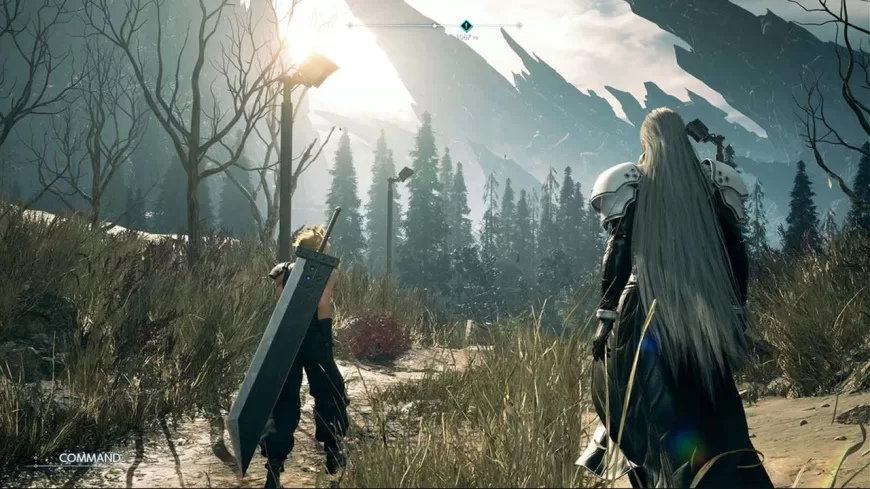
This is where Final Fantasy VII Rebirth’s genius shines. In creating this game, I think that the devs fully accepted and embraced that the fan base of this game has grown up so they made the game grow up with us by making it evolve to fit what our standards have changed into. Back then, I was so blown away by the various locations in FF7 that I forgave / didn’t even think about how the world doesn’t exactly feel lived-in. The game had isolated towns and it didn’t really make sense why these places were there or how people in them even survived. Yes, don’t worry. I know that’s a nitpicky thing to say and this was just the reality of games back then. But Rebirth took that world and made it evolve to deepen the lore of the game. They used the tech we currently have and gave us a world that our adult selves would fully appreciate.
Almost all the gaps caused by the tech limitations of old that we had to use our imaginations to fill out were fleshed out by Rebirth to further enrich what the game is all about. Take for example the Grasslands. This was the area around Kalm, the Chocobo Ranch, and even the Midgar Zolom (now called the Midgardsormr) Swamp. In the original, this was mostly just flat grasslands with some chocobo tracks where you could encounter chocobos to catch. In Rebirth, this entire area was fleshed out. There are some isolated farmlands in the area to show that other people are also trying to make a living in the Grasslands. Kalm, from a small side town, was remade into this beautiful bustling area and they even show you some Mako pipelines that connect Midgar and Kalm to demonstrate where Kalm gets its power. The Midgardsormr swamp, which looked like just one small shallows area, is now a full blown swamp which made it so menacing because of all the warnings telling you about this lethal snake-like creature. This is true for the rest of the world of Final Fantasy VII Rebirth. The area of Junon was fleshed out with war-ravaged craters and debris which tells you of how Junon was once actually the REPUBLIC of Junon who went to war with Shinra. Costa del Sol is a full-on beach resort and not just an area comprised of a few screens. The Gold Saucer / Corel Desert area tells you a story of how beautiful and grand the Gold Saucer can be at the expense of the rapidly desert-ifying area below them as their Entertainment hub drains so much of the planet’s lifeblood. The Gongaga area is a whole JUNGLE even. Make no mistake, the differences also just don’t stop with aesthetic and visuals. Almost every area has its own unique gimmick that makes each one stand out from the rest.
Final Fantasy VII Rebirth doesn’t just stop at the visuals. Even the tone, the dialogue, and the storytelling have grown-up. The game gives you much more context on character motivations. They explain and portray quite well when characters are hurt, happy, both, or more. And I like how they do it just right and not exaggerated. Here the characters curse and, sure, that isn’t impressive on its own but it’s how they executed it which really got me. Characters like Yuffie would curse but not all the time. They only do it when it fits the situation. There’s even a moment when Yuffie, while talking about Scarlet, clenches her fists and softly says “that bitch” and everything about how it was said showed just how much pain and anger Yuffie was keeping on the inside.
Setting the Standard for Open World Games
For those of you who don’t know, I’m a bit of a completionist when it comes to gaming. This does become a bit of a problem when faced with open world games as a lot of said games tend to pack in really tedious side quests that feel like chores. I’d still do them because of my compulsion as a completionist but they would tend to be really draining because of the nature of these quests just weren’t fun. An example of this would be Riddler Trophies in the Arkham series where, yes, I’d still do them, but I really wouldn’t be looking forward to them.
This isn’t the case for Final Fantasy VII Rebirth.
As I did the side quests to get 100% on each area, they very rarely ever felt tiring. I mean, yes. There are quests to scan three Summon Crystals but… with each one, you get a small trivia about the Summon, it’s usually not that hard to get them, and, when I’ve done all three, that would mean that it’s time for me to face a Summon to get some awesome Summon Materia. The World Intel meter does indeed help with keeping track of how many more quests you have to do and really does alleviate that feeling of not knowing how many more you have to do while also not being a ridiculously large number of quests that you need to complete per area.
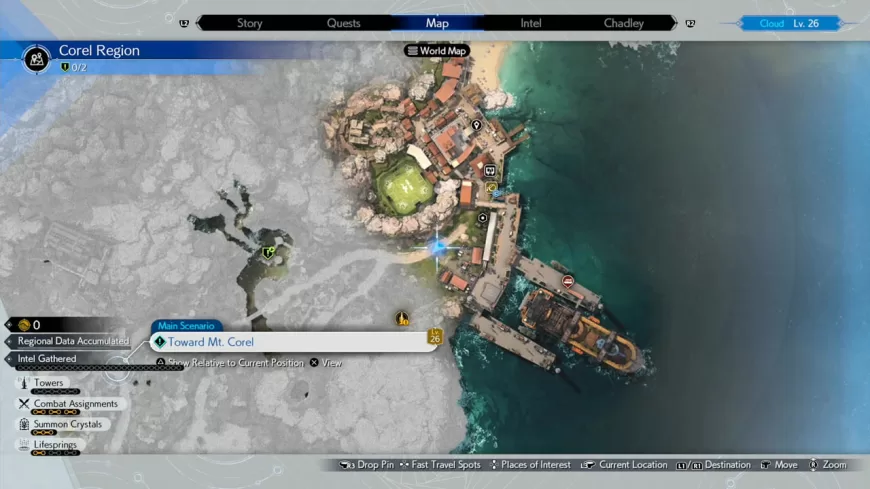
It’s also nice how each area has its own unique challenge or minigame to play. There’s always something fun to look forward to in almost every chapter – from the Queen’s Blood card game to the Mario Kart-esque Chocobo Racing to the Fort Condor minigame and much much more. Almost all of them never overstay their welcome and are there for the right amount of time to give you something new to experience without drowning you.
The best thing about these quests is that, quite often, they reward you with great story beats that will just catch you off guard at times. You’ll notice that quests will usually highlight one particular member of your party, who will appear to be amazingly invested with what the quest is. This means that doing this quest will usually result with you deepening your relationship with that particular party member. Then suddenly, that party member will have a deep conversation with you that gives this great insight into their story and how they feel. The words “Your relationship with Tifa has deepened.” (or whoever your partner was during that time) isn’t just a quest indicator of the relationship meter moving but you actually truly feel like you have become closer to the character. Like you understand them more now and these talks and these insights will usually go way father than whatever you found out during the original game.
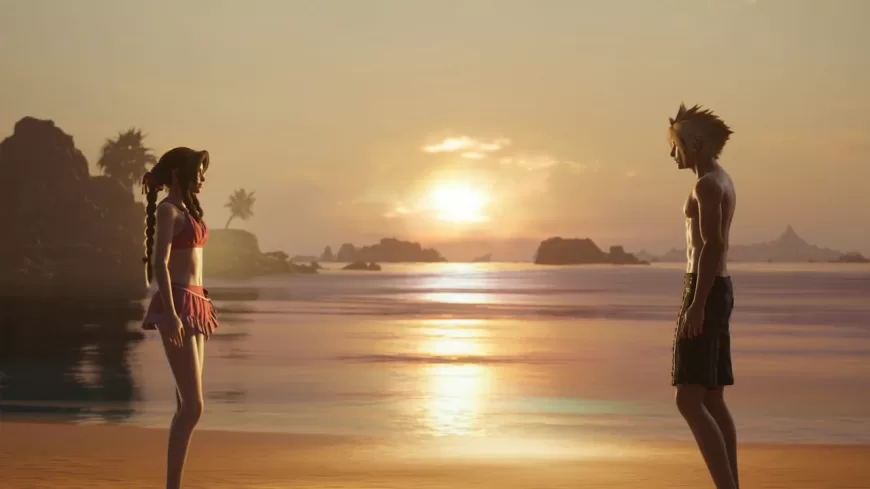
Open world questing in Final Fantasy VII Rebirth is so rewarding that you will WANT to do it regardless of whether you’re a completionist or not. Almost all of them have substance and I can’t even count how many of these quests have resulted in me having a nice silly laugh or a deep reflective thought.
There is ONE KEY THING I want to highlight that Final Fantasy VII Rebirth did so amazingly right. The problem with being a completionist and doing side quests is that, for majority of the games out there, this would mean that main story battles and fights become trivial and laughable. This was actually my problem with Crisis Core Reunion. I had fun pushing the side quests but I had to stop when I realized that this was also robbing me of epic fights in the main story of the game. There was a battle there where it was built up as a really tough fight and I killed it in seconds. Once again, this is where I applaud Rebirth. Even after 100%-ing each region before moving on, I STILL had fights that felt epic – fights where the boss could very well beat my ass if I played lazy. This made me so happy. Because YES, I wanna do side quests because I want the rewards and do cooler things and get cooler gear… but I also want to do those cool things regularly. I want to be REWARDED for doing these side quests but when games don’t properly scale enemies for you depending on what you have and you end up butchering foes by just blowing in their general direction, it feels more like a punishment than a reward. Final Fantasy VII Rebirth gave me just that – Quests that would give me cool stuff to DO cool stuff and still have epic and satisfying battles.
The Definitive FF7 Experience
Side quests and lore aside, I’m happy to tell you that Final Fantasy VII Rebirth excels at what we all want it to be – a proper FF7 game. Yes, everything you loved about FF7 is further enhanced in Rebirth even more so than what they already did with Final Fantasy VII Remake. Without spoiling, I can tell you that the core story beats are there. You get to relive the iconic moments from the original FF7 game but, this time, in much more detail and with much more nuance. Core story elements like Cloud’s amnesia, Aerith’s identity and isolation as a Cetra, Barret’s love for the planet, and more are all given much more backstory. Things that may have seemed to come out-of-nowhere in the original FF7 game now have been made to make sense with each having the proper motivation and intrigue behind them. And for those of you who are wondering – yes, the game stays true to what Remake has sought out to do. Things may seem the same but they are indeed different and, amidst all the fun you have during while going through the main story, the game will give you reminders here and there that, yes, this isn’t just the same old FF7 Story and you are indeed experiencing uncharted territory story-wise.
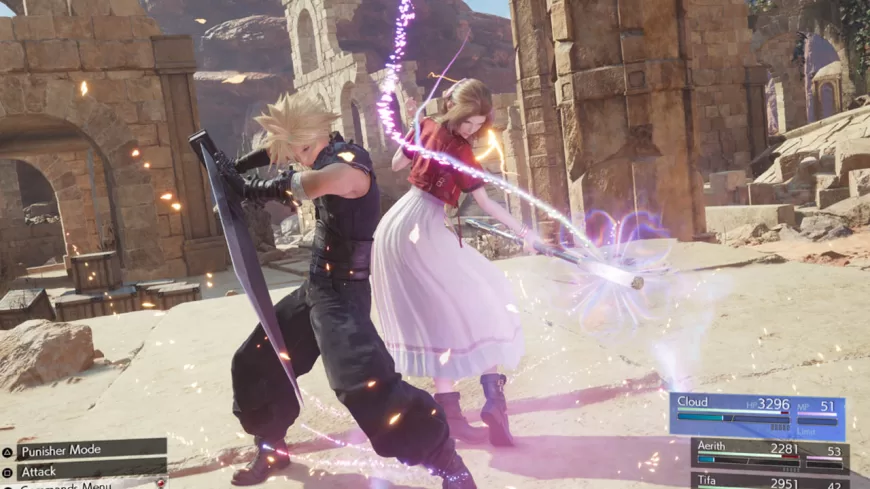
In terms of core gameplay, combat is heavily improved the new Synergy and Folio system which actually almost takes the place of Limit Breaks and Summon Finishers. This is because Synergy Skills and Abilities are much easier to execute than Limit Breaks and Summon Finishers. By the time you can pull off a Limit Break or by the time your Summon Timer for the Finisher elapses, the battle would usually already be done by then. Which actually doesn’t sound as bad because what eventually happens is that, you will use Synergies as your usually strong flashy attacks BUT when you’re facing really tough bosses, that’s where Limit Breaks and Summon Finishers come in and, trust me, when those kick in and finally give you your hard earned victory, it just feels really satisfying. Synergies are also quite tactical as each one has an additional effect that can really change the pace of battle for you. Some of them will give you an additional level for limit breaks which will allow you to access higher tiers of Limit Breaks while some of them will give you unlimited MP for a time after using it allowing you to go on a heavy spell offensive. There are other effects too but this added nuance is what makes synergies such a nice battle mechanic to use. You may also notice that the “Weapon Constellation Upgrade” system from Remake has been overhauled into a much simpler system in Rebirth. Rather than going through complicated upgrades, your weapon just gives you a specific number of slots and a set of upgrades to choose from to fill said slots.
In terms of story, Final Fantasy VII Rebirth further showcases what FF7 does best – which is its ability to be both serious and hilarious at the same time. The story is well paced and it’s actually cool how the game does this. In the early chapters, you can tell that the game really wants you to focus on exploring and seeing what these various regions have to offer. But as the story starts to really kick in during the later chapters, you’ll see that the open world quests start to become easier to collect as they become nearer to each other or they’re less in number or are less spread apart. It was really nice that the game had enough self-awareness to limit the side content when it was time for things to get heavy.
Final Fantasy VII Rebirth Review Verdict: 10/10
I can’t stress how genuinely happy I felt playing this game. Final Fantasy 7 Rebirth serves as a heartfelt tribute to the enduring legacy of one of gaming’s most iconic titles. It’s a labor of love that pays homage to the original while boldly venturing into new territory. By reimagining the beloved 1997 classic for modern audiences, Rebirth breathes new life into every corner of its meticulously crafted setting, unforgettable characters, and world-class storytelling.
Gone are the limitations of 90s technology, replaced by stunning visuals, engaging gameplay mechanics, and a narrative depth that remains to be emotionally resonant at its very core. Yet, amidst the modern advancements, lies a profound respect for the source material—a recognition of the countless hours fans spent in the original, expanding upon it in ways that were once unimaginable.
Final Fantasy VII Rebirth is truly the best reward one can get for being such an avid fan of the series and is truly a masterpiece of RPG Gaming.
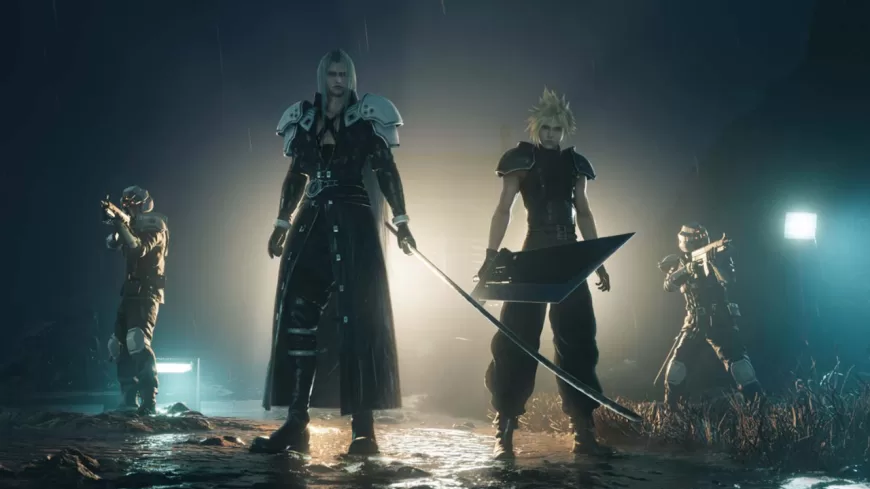
Final Fantasy VII Rebirth launches on February 29, 2024 on the PlayStation 5.
This game was reviewed via a review copy from the publisher.


